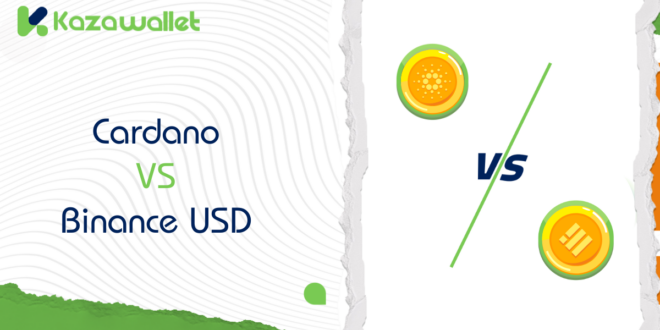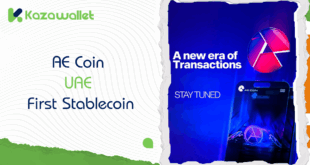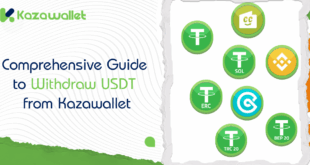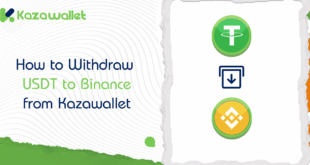If cryptocurrencies are the future, that future is far from monolithic.
While some cryptocurrencies compete to offer innovative technological solutions aimed at redefining the financial system, others strive to provide stability and peace of mind to users wary of large fluctuations.
Here we find ourselves facing Cardano, a project that combines scientific ambition with advanced technology, and Binance USD, a stablecoin pegged to the US dollar.
How can these two cryptocurrencies be part of the same market despite their fundamental differences? What makes each one worthy of attention?
Let’s compare Cardano vs Binance USD and explore the differences between Cardano and Binance USD.
What is Cardano?
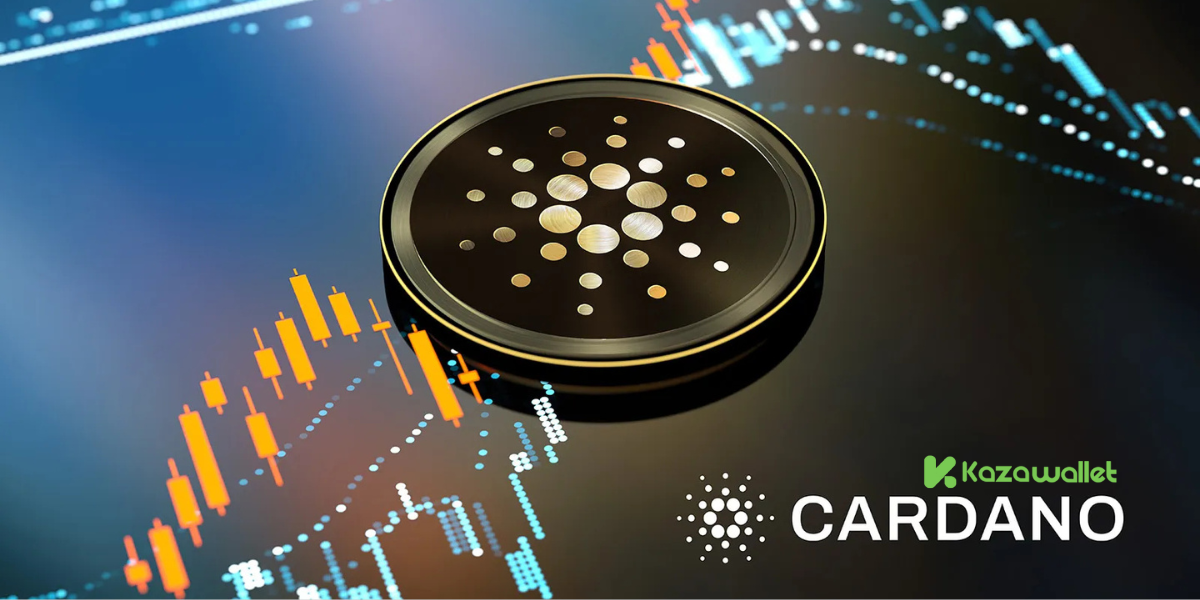
Cardano is an ambitious project aiming to provide a comprehensive ecosystem for smart contracts and decentralized applications.
Founded in 2017 by engineer Charles Hoskinson, a co-founder of Ethereum, the project is distinguished by its scientific approach based on academic research. Every update or change is designed based on rigorous studies and research papers.
Using “Proof of Stake” (PoS) technology, it offers a more efficient and environmentally friendly consensus mechanism compared to the “Proof of Work” used in Bitcoin.
Additionally, Cardano allows users to create smart contracts and develop decentralized applications, making it a strong competitor to projects like Ethereum.
What is Binance USD?
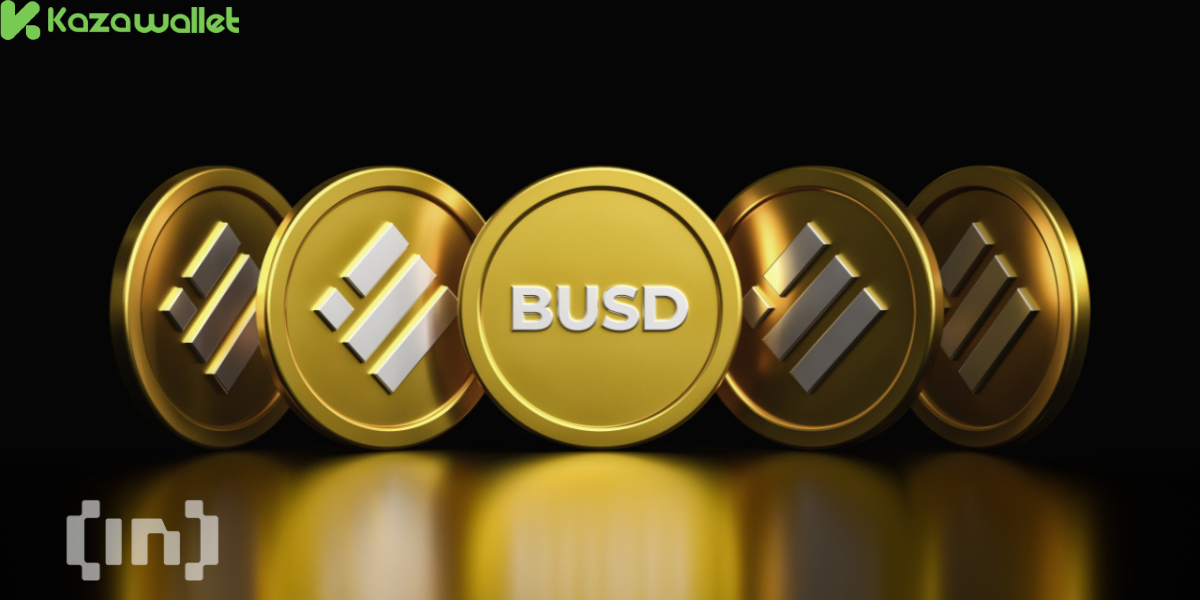
Binance USD, abbreviated as BUSD, differs radically from Cardano. It’s not a complex project or a multi-use platform; it’s a stablecoin designed to maintain a 1:1 peg with the US dollar.
Launched in 2019, BUSD acts as a bridge between cryptocurrencies and traditional currencies, offering price stability suitable for users who want to avoid the sharp fluctuations associated with other cryptocurrencies.
BUSD can be used in a wide range of applications, such as trading, financial transfers, and even paying for goods and services.
It also undergoes regular audits to ensure that its US dollar reserves cover all circulating units of the currency.
Cardano vs Binance USD: Differences Between Cardano and Binance USD
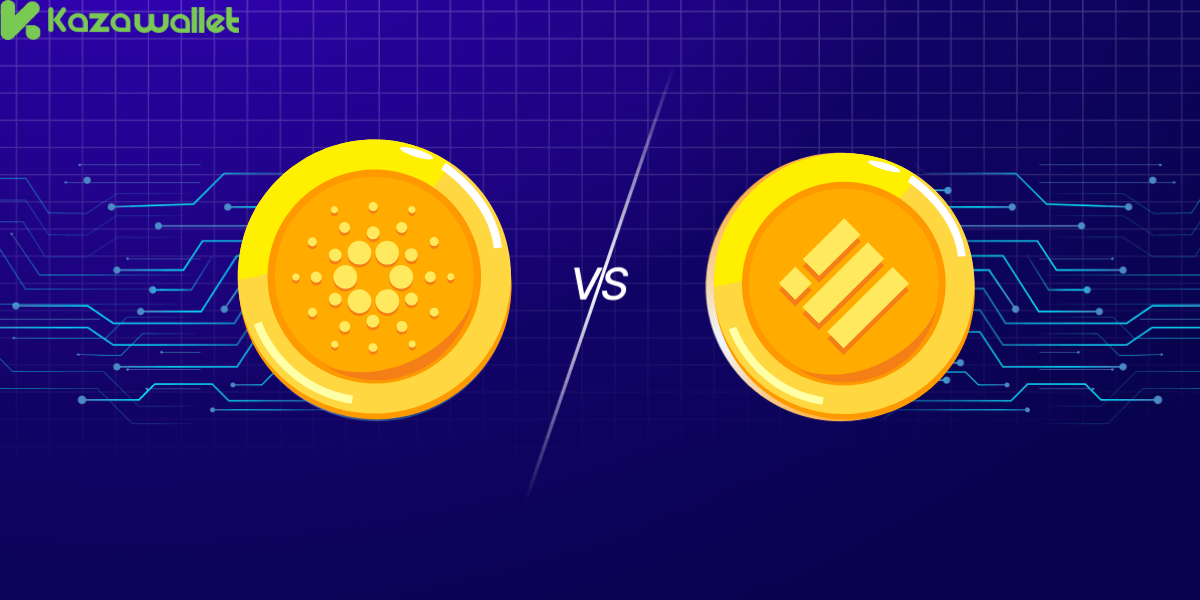
Looking at Cardano and Binance USD, it seems we’re dealing with two cryptocurrencies belonging to entirely different worlds.
Let’s review the differences between Cardano and Binance USD:
Main Purpose:
- Cardano: Aims to provide a multi-use platform supporting smart contracts and decentralized applications. Its primary purpose is to offer innovative solutions to the technical and operational challenges in the world of cryptocurrencies.
- Binance USD: Aims to provide price stability, serving as a tool for trading and financial transfers. It’s primarily designed to facilitate everyday transactions without worrying about market fluctuations.
Stability:
- Cardano: As an unstable cryptocurrency, the price of ADA fluctuates based on market supply and demand, making it less suitable for daily use but opening opportunities for speculation and investment.
- Binance USD: Thanks to its peg to the US dollar, BUSD enjoys a high level of stability, making it an ideal choice for those seeking to protect their funds from fluctuations.
Technology:
- Cardano: Relies on an advanced technology called “Ouroboros,” an improved version of the Proof of Stake mechanism. It’s environmentally friendly and scalable, making it suitable for long-term use.
- Binance USD: Relies on relatively simple blockchain technology, using the Ethereum or Binance Chain network to issue and manage the currency. It doesn’t require complex technology because it’s not intended for complex programming uses.
Supply:
- Cardano: Has a maximum supply of 45 billion units, meaning there’s a limited number of available coins.
- Binance USD: Has no maximum supply, with new units issued based on US dollar reserves.
Usage:
- Cardano: Used in decentralized applications, smart contracts, and investment. It’s also considered a means of payment in some cases, but it’s not the first choice for daily use due to its volatility.
- Binance USD: Primarily used as a means of exchange and trading, as well as a tool for international financial transfers. It’s a practical solution for those who want to avoid volatility.
Decentralization:
- Cardano: Features a high degree of decentralization, with the network run by a community of independent validators.
- Binance USD: is issued on decentralized networks, it’s primarily managed by Binance and Paxos, making it less decentralized than Cardano.
Acceptance and Distribution:
- Cardano: Is gradually gaining momentum, especially in emerging markets, where it’s used in development and decentralized finance projects.
- Binance USD: Enjoys widespread distribution within the Binance ecosystem and is widely accepted on many platforms and markets.
Bitcoin vs Binance USD: What’s the Different?
Cardano vs Binance USD: Risks involved
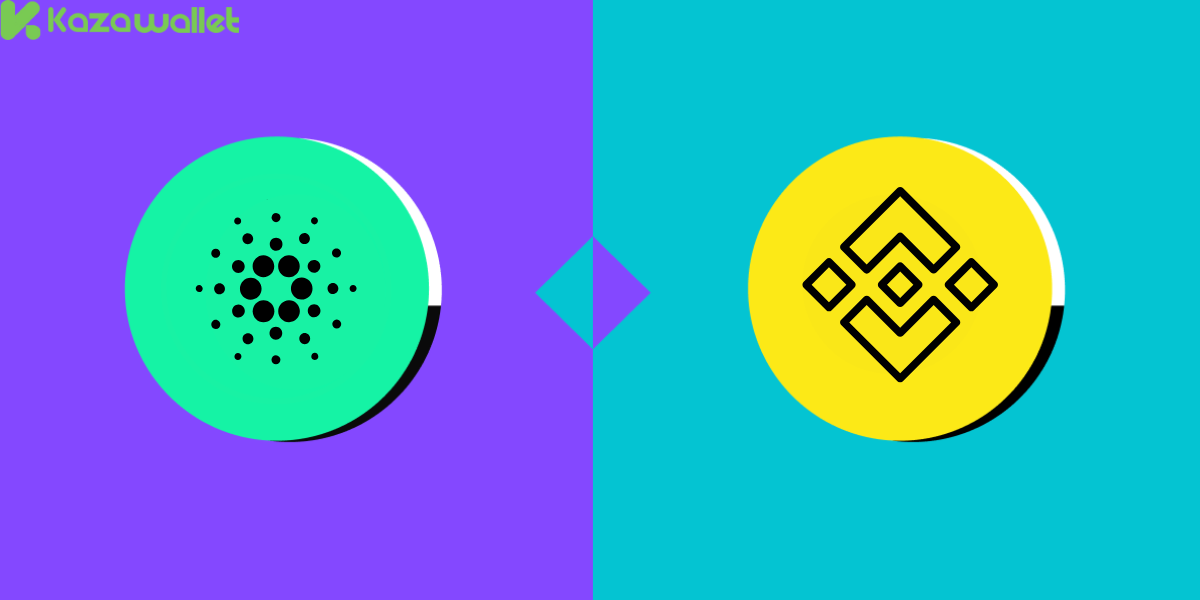
Risks Associated with Binance USD (BUSD):
- Loss of Stablecoin Peg: BUSD’s stability depends on external reserves linked to the US dollar. If these reserves experience any shortage or crisis, the peg could collapse, leading to serious market repercussions due to the reliance of many individuals and companies on it.
- Regulation and Oversight: Binance, the issuer of BUSD, faces regulatory challenges due to its opaque practices. Reports have revealed a shortage of reserves needed to support the currency in some periods, raising doubts about its reliability and stability.
- Dependence on the Private Network: BUSD operates on both Binance Smart Chain (BSC) and Ethereum networks. Any technical or security issue on the BSC network could directly affect BUSD, exposing users to the risk of asset loss or transaction failure.
Risks Associated with Cardano (ADA):
- Market Volatility: ADA is susceptible to large fluctuations due to its sensitivity to news, technological developments, or general changes in the cryptocurrency market.
- Scalability: Although Cardano is designed to be more efficient, it may face challenges in processing a large number of transactions, which could lead to slow performance or increased fees.
- Security: Despite using the more secure Proof of Stake (PoS) mechanism, the network is not entirely immune to security vulnerabilities or potential attacks.
- Regulation: Like other cryptocurrencies, Cardano faces regulatory challenges, and the lack of a clear global legal framework could lead to restrictions or bans in some countries.
- Market Risks: ADA remains exposed to supply and demand fluctuations and market bubbles, making it carry significant investment risks.
In Conclusion:
There’s no “one size fits all.” Cardano and Binance USD are clear examples of how different goals and solutions can coexist within this field.
Choosing the right cryptocurrency depends on what you’re looking for: innovation and development or stability and trust? Regardless of the choice, understanding the differences between Cardano and Binance USD is crucial.
 Blog Kazawallet
Blog Kazawallet
